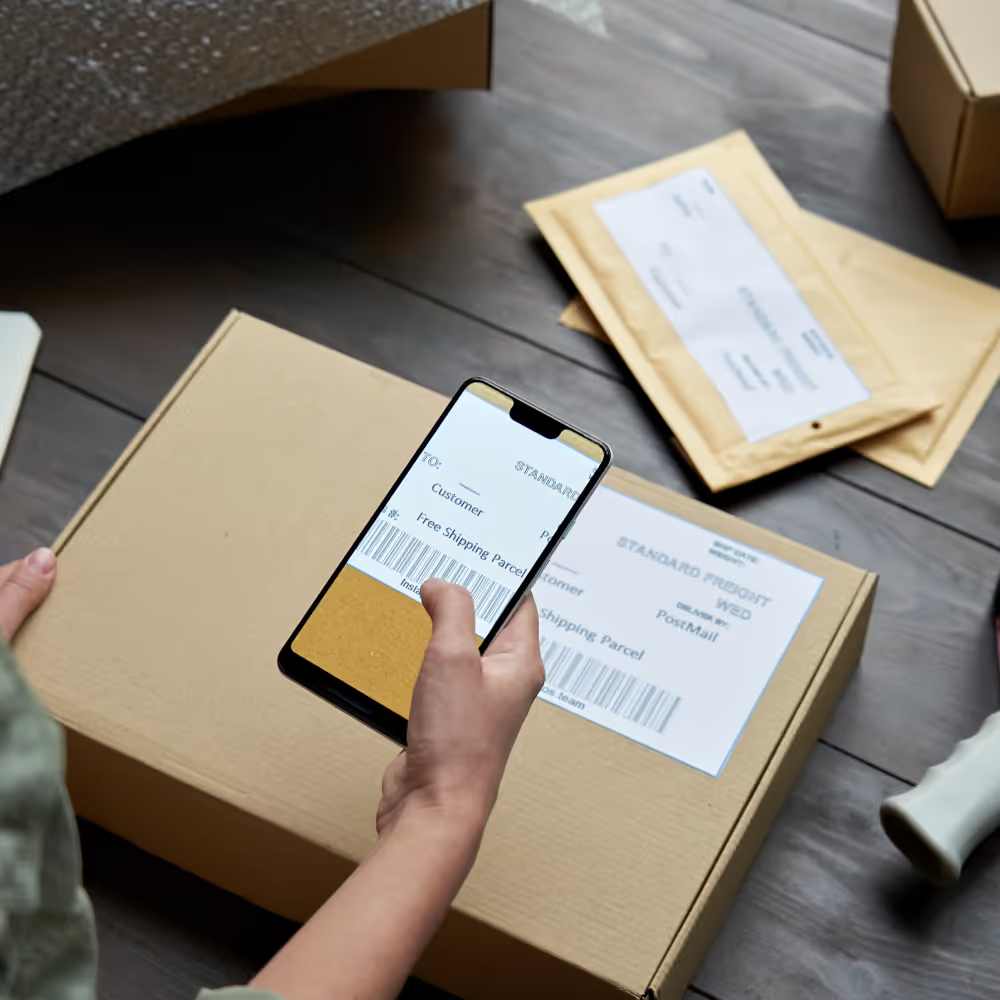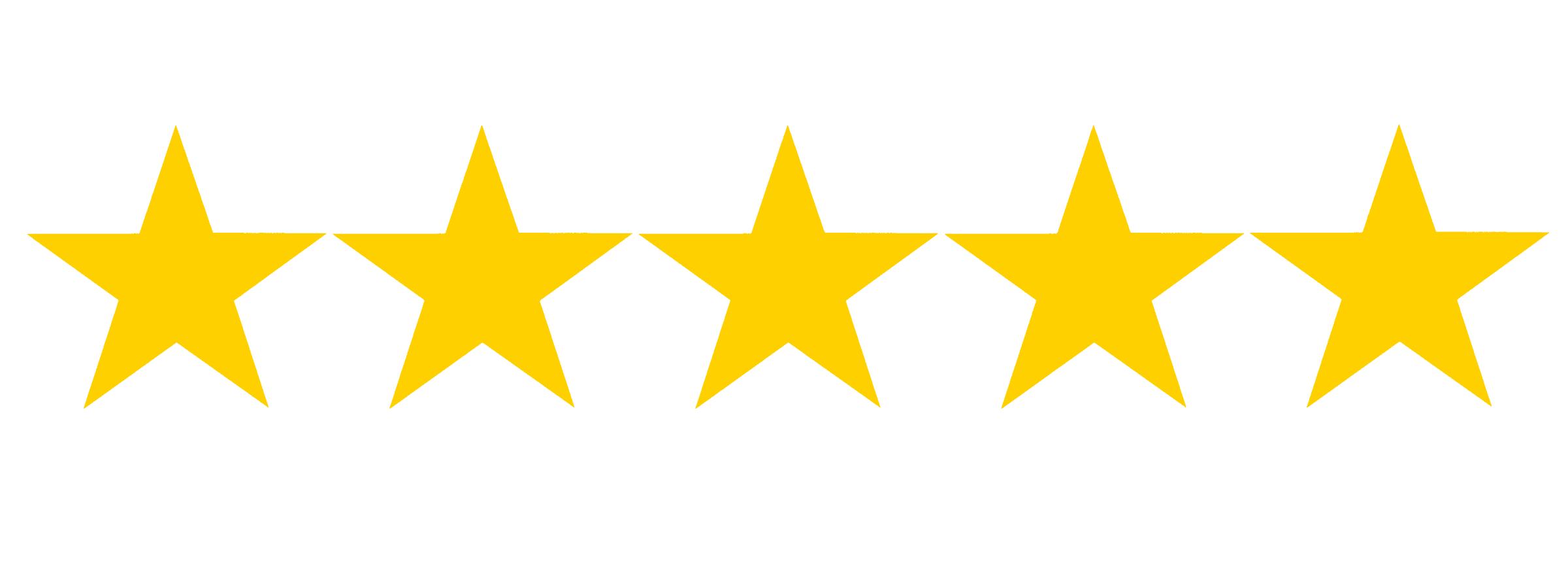Smartphone Management
Smartphones for business use need a different type of device management that BYOD or COPE methods simply can’t handle. Whether you’re all Android, all iPhone, or a mixture of both, a next-generation approach to managing the smartphones your business depends on is the efficiency upgrade to take you to the next level.

Smartphones for business use cases
Smartphones: You know them, you love them, you can’t live without them. These feature-packed communication hubs are one of the most popular company owned and managed devices for business use cases out there. And with good reason. They’re incredibly versatile, as portable as a sandwich (but not nearly as edible), and keep you in the mix when you’re on the go.
But there are some downsides here, like the higher risk of losing a smartphone. It’s much harder to misplace something like a kiosk than a smartphone. And then there are the times you drop a smartphone a few inches from the ground and somehow shatter the entire screen. (If this happens often, consider a rugged version.) Everyone has flaws, okay? But it’s still worth considering this ultra-compact powerhouse for your use case. To make it short and sweet:

Smartphones and tablets are both incredibly versatile devices and work well across a variety of business use cases, from mPOS to mobile ordering. While there is some overlap between them in terms of functionality, there are some notable differences. Use our cheat sheet below to determine which best suits your needs.
Smartphones are the most portable devices out there, making them great for on-the-go communication and quick access to information. Their small screens and limited functionality could make them less suitable for certain business tasks.
Smartphones are better for applications that require mobility, augmented/virtual reality, or mobile payments.
Smartphones are perfect for efficient communication methods such as voice calls, text messages, emails, and video calls.
Small in size, big in price. Smartphones can get pretty expensive thanks to their compact design and premium features like advanced cameras and facial recognition. These factors drive up production costs and result in higher price tags compared to tablets.
Tablets offer the ideal balance between functionality and portability. Their larger screens make it easier to view and use content and apps while still allowing staff be agile.
Due to their larger screens, tablets are often preferred for applications that require precise input via a stylus or touch, such as design, healthcare, or fieldwork.
Users can effectively use tablets for emails, messaging, and video conferencing. Voice calls may be less convenient due to their larger size.
Tablets offer a cost-effective alternative to smartphones. Quality tablets are often significantly more affordable than flagship smartphones with similar features. This makes tablets a smart way to cut expenses, particularly if you don’t need cellular connectivity.
Let the search begin! It's time to find your ideal smartphone. Be on the lookout for these essential factors so this feels more like a treasure hunt and less like climbing Mt. Everest.


Operating System (OS)
Not every OS is the same. From customization level to security to hardware diversity, they each offer something different. Ensure the one you choose lets you deliver the user experience you want.

Performance
Why buy it if it doesn’t work well? Look for a powerful processor and sufficient RAM to handle demanding tasks smoothly. If your use case requires taking photos, video conferencing, or document scanning, double-check those camera specs.

Durability
Durability is essential when you can take your smartphone anywhere. Look for a sturdy build, or consider a protective case if you experience bouts of butterfingers.

Security
The portability of smartphones can make you as free as a bird, but weak security can bring you down real quick. Make sure your smartphones have robust security features and get regular OS updates to ensure they aren’t left vulnerable.

Device lifecycle
Determine how long your devices need to be in the market. Some consumer focused brands move fast, releasing a new model each year. Others offer options with more longevity. Knowing what you want is the only way to get it.

Budget
Odds are you’re on a budget. Make sure this precious resource is put to good use by considering the total cost of a device. From price per unit to routine maintenance to troubleshooting, look at both short- and long-term costs
Esper is like an MDM, but not the ones you’re used to. The features are user-friendly and engineered to create an "Am I dreaming?" sensation (You’re not!). The provisioning is easier, the remote control is smoother, the updates are safer — you get the picture. It all just makes sense and who doesn’t like things that make sense?


Streamlined device grouping
Easily group smartphones to improve organization and manage all your devices from a single console.

Update at will
Test updates on a single smartphone, then stage rollouts to groups based on custom rules.

Enhanced visibility
Monitor smartphone vitals like status, health, and usage at a glance. Set custom alerts for automated monitoring.


Device kitting made simple
Your IT teams can deploy dozens of smartphones in minutes instead of hours. Maybe even go home early.

Avoid expensive onsite visits
View and control smartphones, troubleshoot issues, or generate a debugging report. From anywhere.

Streamlined software delivery
Ensure smartphones boot up with the most current OS version and settings. No matter what.


Eliminate device tampering
Lock devices down with hardened kiosk mode so users only access what you want.

Protect system integrity
Control when apps get added, updated, and removed — on the fly, at any time. As often as you need.

Keep smartphones from disappearing
Track smartphones in real-time and set up a virtual geofence to protect your assets.
Real-life examples of how Esper’s innovative solutions drive value across diverse industries

Esper ensures the performance of rugged devices for first responders
Esper’s software is integral to our ability to roll out the rugged headless SD7 in large scale deployments with enterprise and public safety customers and remotely update the devices. Esper does the heavy lifting of device security, fleet management, and software updates behind the scenes so first responders can focus on the job at hand.



To support better customer and employee experiences across our POS, tablets, and other devices, we needed a solution that worked for our next generation enterprise Android apps. Esper is a true partner. Working with them allows us to move fast, save money, and now we can make strategic decisions about what hardware to use.



Great tool for handling phone deployments…Different Blueprint builds is very helpful. [I can] see, track and document where our phones are, how many we have and how many are actually being used.


Kiosk mode locks down devices to a single application or interface, preventing other uses. It’s a way for organizations to not only keep their devices more secure but ensure the experience for the end user is exactly as intended.
Kiosk mode is a robust, secure option for locking down devices. But it isn’t a native feature found in most operating systems — it requires dedicated kiosk software. Android and iOS both have kiosk-like features in their App Pinning and Guided Access features, but for full control of mobile operating systems, kiosk mode software is a must.
Yes. Android app pinning can provide a very limited Android kiosk mode, but without key security and management features.
Screen pinning doesn't require an MDM. For a more robust and secure kiosk mode, however, you'll need a kiosk mode provider like an MDM.
Yes! Nearly any Android device with a touchscreen can be run in kiosk mode.